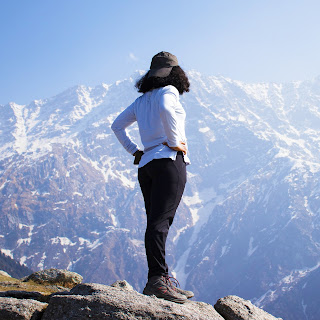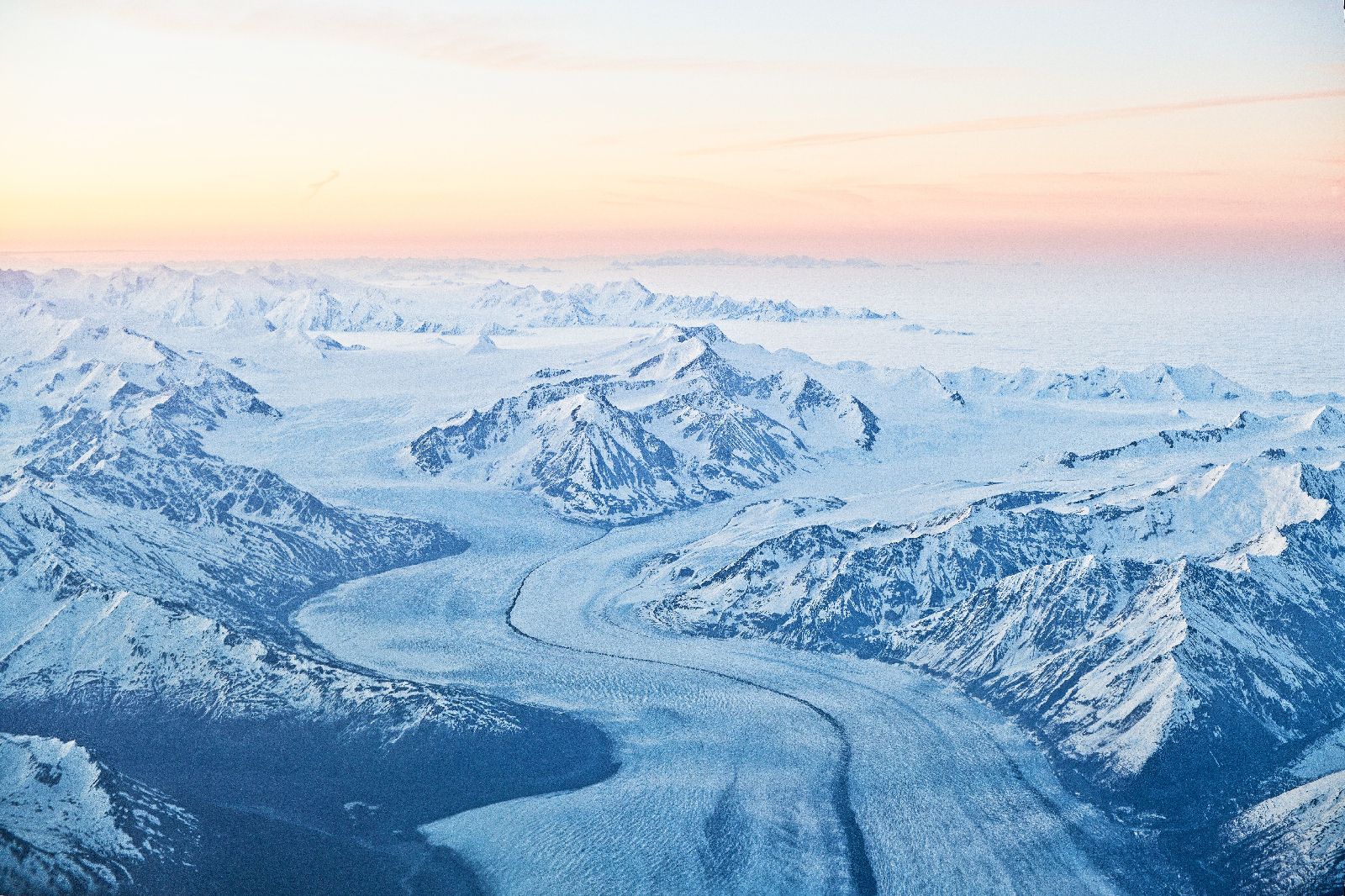Hiking Advantages and Disadvantages
Since I can remember, I've been trekking, traversing a variety of paths and landscapes. While experienced hikers will already be aware of the numerous benefits and drawbacks of hiking, many novice hikers might not be sure exactly what these benefits and drawbacks of hiking are.
Both benefits and drawbacks can be associated with hiking. They range from increased physical and mental fitness to the generally high prices associated with much of the hiking equipment available on the market, covering both the physical and mental aspects of things.
To get the most out of your next hiking excursion or to simply determine whether hiking is something you're likely to enjoy, it's important to understand these many hiking advantages and downsides. The benefits and drawbacks of hiking are discussed in greater depth below.
Those Who Should Read This
I would emphasise that this post is mainly geared at people looking to get started. However, there might be some hikers out there who have lost interest in it and need use a light prod to be reminded of why they initially fell in love with it.
But as with any hobby, it's crucial to be ready and aware of what you're getting into before beginning. It enables you to decide where to hike, what you'll need, and also raises the likelihood that you'll enjoy your adventure.
Investments must be made for hiking, both financially and in terms of time. Making better selections is possible when you are aware of all the details beforehand, which frequently results in time and money savings. Additionally, if you are starting a hobby, it enables you to determine how much time and money you should invest in it. In light of this, let's go on to discussing the benefits of hiking first
Advantages of Hiking
Experiencing Nature
First, and perhaps the most obvious benefit of hiking, you get to experience the outdoors. We should all routinely engage in that activity, and it's great that you can do it away from the rush of modern life.
Hiking routes that traverse a variety of terrain are accessible for walking. from farms to paved trails, from forests to mountains. Check out some hikes along the shore or ones that take you into the wildest areas. Hiking essentially gives you the chance to pick the elements of nature that you enjoy, get outside, and engage with them.
It's An Excellent Exercise Method
Since you can choose exactly what you do, where you travel, and how long you workout for, hiking is a fantastic activity.
There is something for everyone, whether it's a little loop route that just covers a few kilometres or the Trail, which spans over 2000 miles. You are free to take however much time you like. So what if it takes you two hours to hike two miles? Spend your time and your hike however you like!
Everyone Can Use It
Hiking is for everyone, and I really mean it. There is a route out there for you that is simply waiting to be explored, regardless of your physical condition or abilities. People sometimes erroneously associate hiking with people venturing off into isolated locales along paths where hardly anyone is present, yet it is only a portion of what is available.
Instead, you'll most likely have a hiking route of some kind not far from your house. For simple routes with fairly flat terrain that you may walk on without special footwear, you can easily search online. Hiking is available and may be done right outside your front door. You may even travel.
It might be a social gathering
A great approach to enjoy life is to go hiking with a friend or group of pals. You all share a same interest, which creates a setting for laughter and mental relaxation. Additionally, if something goes wrong when hiking with a group, assistance will be available, so bear that in mind.
However, while going on a hike with a couple of friends is wonderful, I do not like going in a big group. To hike with a group of ten or more people doesn't make much sense to me because I frequently hike to get away from others. Nevertheless, if you enjoy doing that, hiking has a strong edge over other activities when the social component is important.
You might participate in a team sport, which has obvious benefits. However, while you're both chasing a ball or playing at opposite ends of the field, it might be difficult to communicate to your pals about the vital aspects of your life. Hiking combines the benefits of both easy socialisation and beneficial exercise.
You are no longer living a fast life.
I mean things like internet access, cell phones, traffic, people around you, and just the overall hum that surrounds modern life when I say you are removed from the fast life. This, in my opinion, is a major benefit of hiking. Depending on the path, you can entirely disconnect from life for an hour, a day, or even longer.
Disadvantages of Hiking
The Climate
I believe that the weather must be the first drawback I mention. Yes, the weather will be ideal at times, but that isn't always the case. Whether the weather is nice or poor, there are still a number of issues to deal with.
First off, if you know that you detest trekking in the rain, you should thoroughly review the weather predictions before leaving. Know how long it takes you to finish the hike as well. If your hike takes four hours, you don't want to glance at the forecast for the next 30 minutes.
The weather can also alter. While some people adore this unpredictability, this is not universally true. Naturally, even "ideal" weather has its drawbacks. At the beginning, the sun may be lovely, but after an hour of arduous walking, you may feel uncomfortablely heated. Always carefully plan your route and the equipment you wish to bring in order to avoid any problems.
It Might Hurt
Sometimes it hurts to hike. The good news is that it's simple to avoid this because it usually hurts more when you've overdone things. Inadequate planning could cause you to walk further than you wanted to or make it more physically demanding than you anticipated. You do run the danger of experiencing stiffness in your legs and back for a few days following your hike if you make that type of error.
If your hiking shoes are not appropriate for you, you could also wish to include foot blisters. Blisters, however, are simply something that can happen to everyone, so there's no need to worry too much, according to seasoned hikers. While pain is undoubtedly a drawback of any sport, it can be easily avoided when hiking with the right preparation.
You Must Have the Right Tools
You shouldn't simply get out of bed and go hiking. Instead, in order to make everything as safe as possible, you must have the appropriate tools. Now, I'm not arguing that for hiking, you must have the best of the best. You don't require the most advanced Gore-Tex jacket or waterproof boots ever made.
To make your hike as safe and comfortable as possible, you do need to have a few things. An added bonus are hiking boots or shoes, as well as hiking pants, various jackets, waterproofs, a rucksack, walking poles, and the list goes on. Depending on the kind of hike you intend to conduct, you can also add other items.
I'm trying to make the point that, even if you do plan to buy things at the cheaper end of the market, all of this can add up financially. Again, though, you don't have to spend a lot; it just depends on the particular trail you intend to trek. Aim to begin with shorter hikes that are closer to home if money is an issue before tackling the longer ones that are farther away.
There Are Risks in Nature
Even while nature is stunning and amazing, there are dangers involved. Of course, there are steps you can take to lessen such hazards, but hiking will never be completely risk-free. Consider the possibility that you could twist your ankle on a flat trail. Doing it is pretty simple. You can also find yourself unexpectedly caught in harsh weather.
However, you must remember that hazards exist in whatever we do. Although it is a drawback, hiking is not exempt from this, thus despite the fact that it is a drawback, it shouldn't be at the top of your list of reasons not to hike.
Additional Drawbacks of Hiking
Other elements that might be categorised as disadvantages are:
1. You get so enamoured with hiking that you resent the fact that you don't have enough time for other activities.
2. You begin to yearn to hike more trails, but you never have the time.
3. You might only be able to trek where you are right now.
4. Your favourite paths can be very crowded.





















































